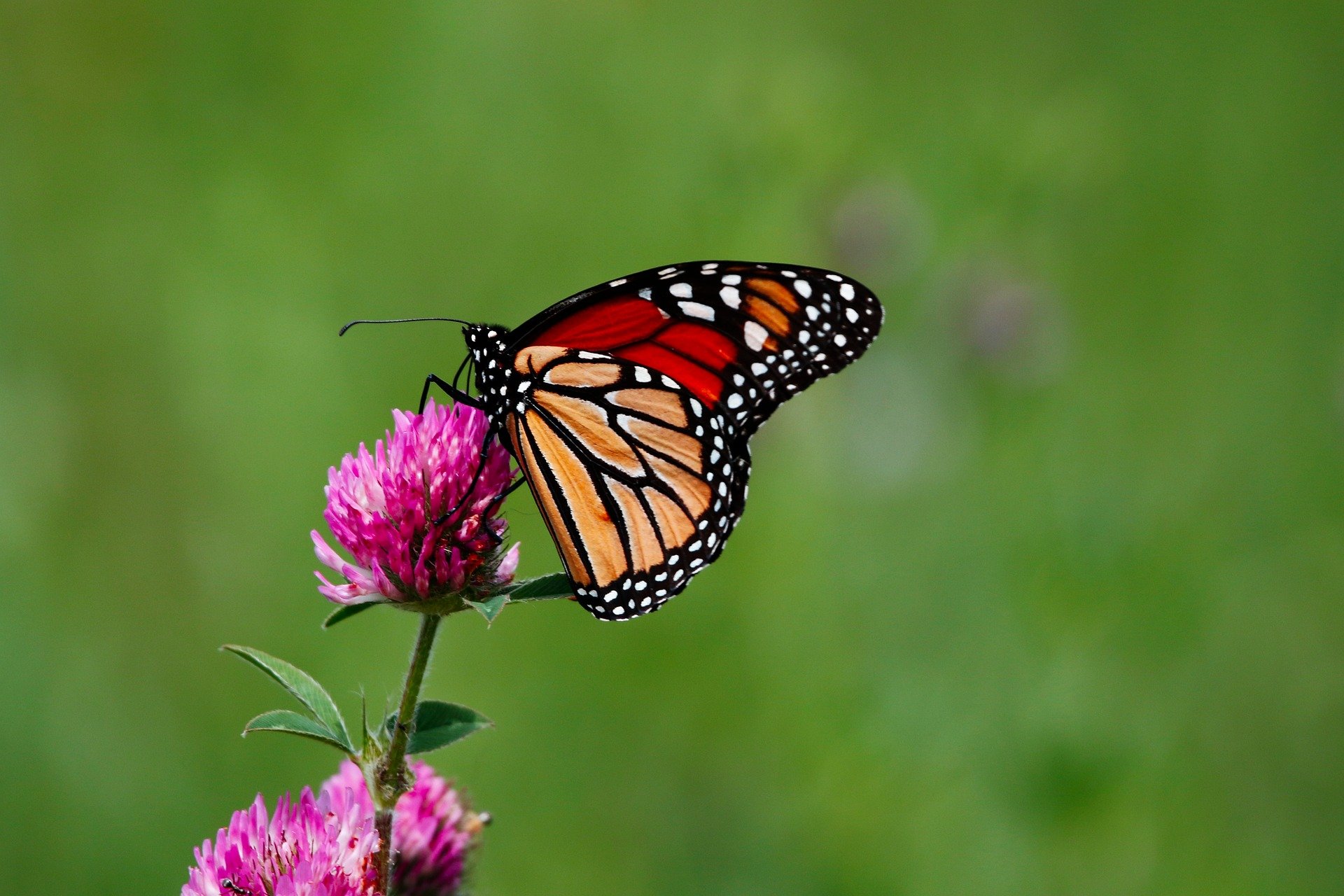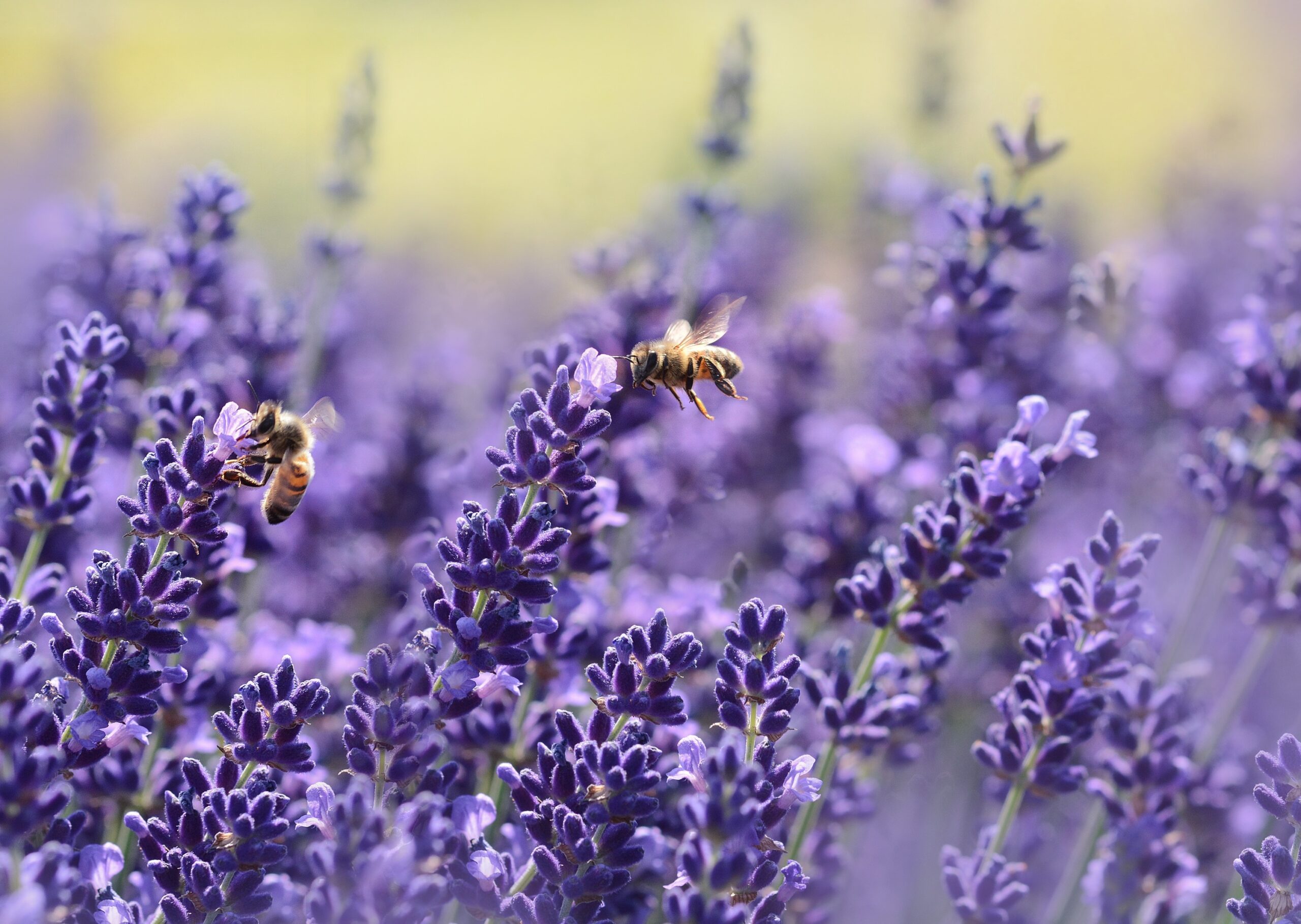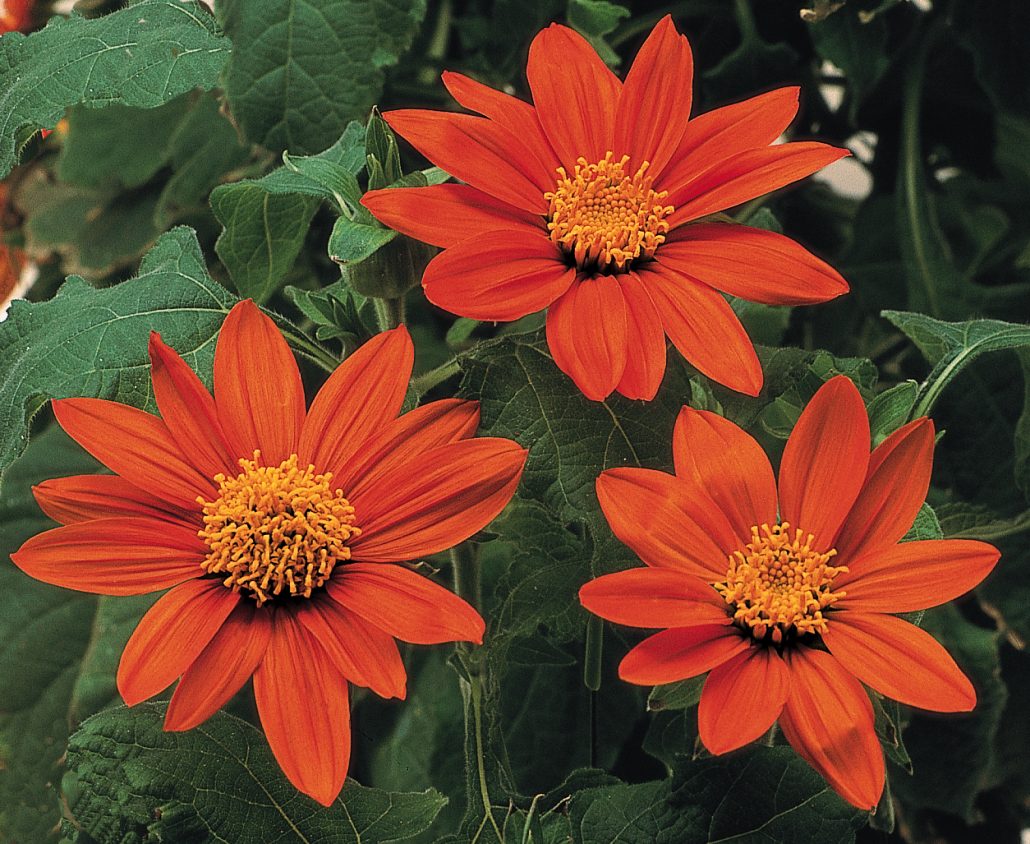
Nurturing Bee-Friendly Spaces
Discover our mission to boost biodiversity through eco-friendly gardening practices. Embrace the benefits of reduced pesticide use and vibrant habitats for bees.

Create a Sanctuary for Pollinators
Friends of the Bees is dedicated to enhancing biodiversity and promoting eco-friendly gardening practices. Our mission is to inspire community involvement and cultivate greener spaces with minimal pesticide and herbicide use.
Explore our tips on sustainable gardening, pollinator support, and biodiversity enhancement.
Articles
Explore our blog for insights, articles, and resources that inspire and inform.
-
The Best Plants for Butterflies
Butterflies add beauty to any garden while playing a vital role as pollinators. To attract…
-
The Best Plants for Bees
Bees are vital pollinators, and you can help support their populations by planting flowers that…
-
Free Seed Packets from the Friends of the Bees
Visit a participating grower and you can get free seeds with any purchase! Sunflower Blends…
-
Favorite Friendly Plants for 2025 (annuals)
The Friends of the Bees have selected interesting annuals we recommend you try for the…
Eco-Friendly Tips for Your Yard
Here are several quick questions and answers related to improving your garden’s attraction to your insect buddies!
How can I attract more bees?
Plant native flowers to attract bees. Introducing several varieties can widen the flowering window and attract them to your property for the entire Spring and Fall.
How can I attract more butterflies?
Having more places of your property in a “natural” state will produce more natural spots for insects to hide. For example, some butterflies won’t seek refuge in a lawn, but they would love a pile of leaves for the winter!
How to reduce pesticide usage?
Use organic pest control methods. If you must spray a pesticide, aim to apply it during the night to reduce pollinator cross-contact. Ideally, you can apply a fast acting pesticide like a pyrethrin directly to the offending insects and rinse it off the plant shortly after with a misting of water. Pyrethrin does not stay on plant surfaces for long, but trace amounts can cause trouble for many insects.
What is companion planting, and how can it benefit my garden?
Companion planting involves growing certain plants together to deter pests, improve growth, or enhance flavor. For example, marigolds repel harmful insects, and planting basil near tomatoes can improve their flavor.
Do all bees sting?
Not all bees sting. Male bees can’t sting, and many native bee species are non-aggressive. Honeybees and bumblebees only sting when threatened.

As a friend of the bees
We promise them a holistically friendly home. We promote:
Green Practices
We follow and promote the most environmentally friendly advice, and aim to reduce overall wastage.
Boosting Biodiversity
We put a lot of effort to introduce a variety of plants into your community.
Organic Habitats
Significantly reduced usage of non-organic plant inputs like growth regulators, pesticides, and herbicides.
Growers with a big heart love bees!
Are you a grower interested in helping to sustain numerous friendly insects? Contact FOTB to see how you can grow like a true friend of the bees and help support your local populations!
Become a Friend of the Bees
Reach us easily with our contact info here.
Help The Friends of the Bees by growing to sustain.
If you’re a plant grower, please consider contacting us to learn about unique ways you can engage with your local community to become a true Friend of the Bees.



